Exploring Innovative Small House Plans for Modern Living
Small house plans are reshaping modern living by marrying innovation with practicality, offering an enticing mix of style and efficiency. As you explore these compact living spaces, you discover how designs maximize every inch, emphasizing open-concept layouts and multipurpose areas. The allure of tiny house plans lies in their ability to provide comfort and functionality within a limited footprint. Modern small house plans often feature energy-efficient technologies, sleek minimalist aesthetics, and smart home integrations. You can achieve an elegant lifestyle while reducing your environmental impact. Embrace these creative solutions to redefine what modern living in your space can mean.
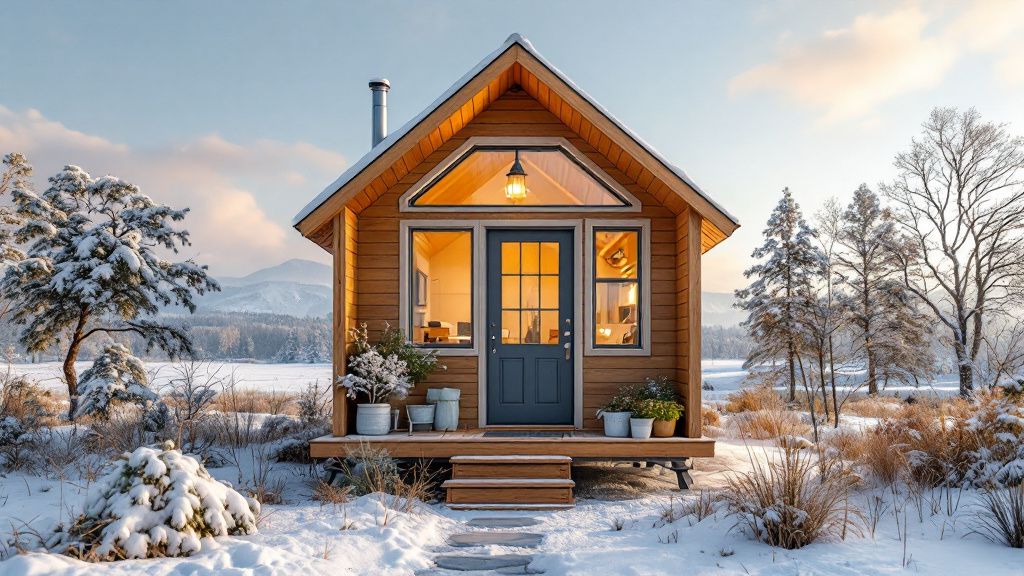
The Rise of Tiny Homes
The growing popularity of tiny homes reflects a shift towards simpler, more intentional living. Enthusiasts value the freedom these minimalist abodes offer, as they often come with fewer financial burdens and a smaller environmental footprint. The appeal lies not only in the cost savings but also in the creativity sparked by finding clever solutions within a limited space.
On one hand, some see tiny homes as a sustainable revolution, providing an eco-friendly alternative to traditional housing. They argue that tiny house plans promote a more sustainable lifestyle with reduced energy consumption. Meanwhile, critics suggest that these homes may lack amenities, potentially compromising comfort and long-term livability. This debate adds a layered context to your understanding of modern small house plans.
Tiny homes often symbolize a cultural movement toward mindfulness and simplicity. For those desiring a less cluttered space, this lifestyle invites you to cherish meaningful experiences over material possessions. Tiny homes, often embodying modern small house plans, provide a canvas for innovation, where practical design meets personal expression, redefining comfort and functionality in unexpected ways.
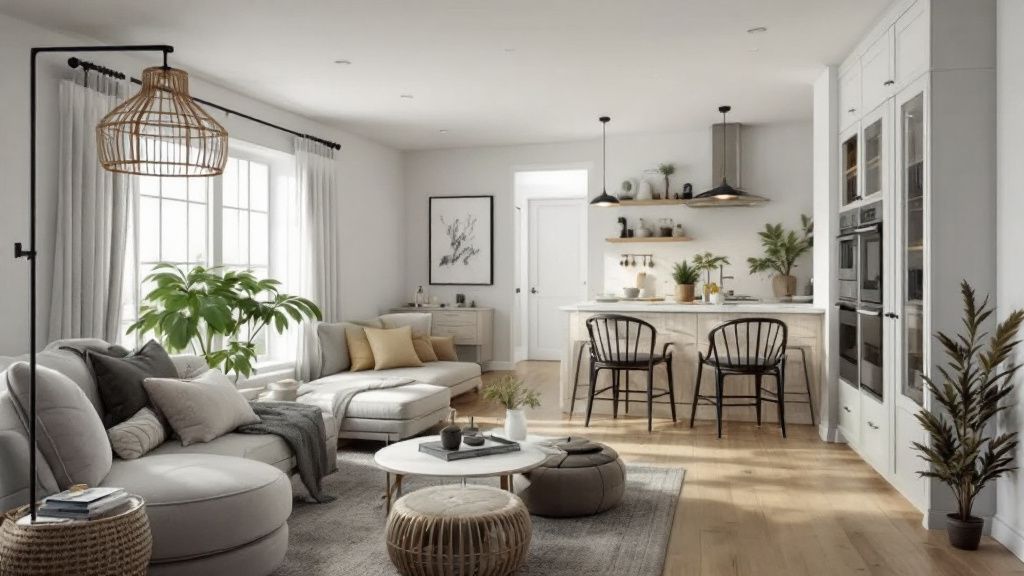
Key Features of Small House Plans
Small house plans often integrate clever design features to maximize functionality and comfort. Seamless open-concept layouts create an illusion of a larger space by merging living, dining, and kitchen areas. These fluid spaces encourage a sense of community and interaction, fostering an inviting atmosphere despite the compact dimensions. You can enjoy the communal spirit while maintaining the convenience of modern living.
Strategic use of natural light is another hallmark of small house designs. Abundant windows and skylights not only enhance the aesthetic appeal but also make spaces feel airy and expansive. Incorporating outdoor living areas like patios or balconies further blurs the line between indoor and outdoor spaces, making the home feel larger and more connected to nature.
Think of small house plans as a puzzle. Just like each piece should fit perfectly to complete the picture, each element in these homes must serve multiple purposes. Built-in storage solutions, multi-functional furniture, and lofted sleeping areas are just a few of the inventive ideas that allow you to personalize your space, ensuring your home remains both stylish and practical.
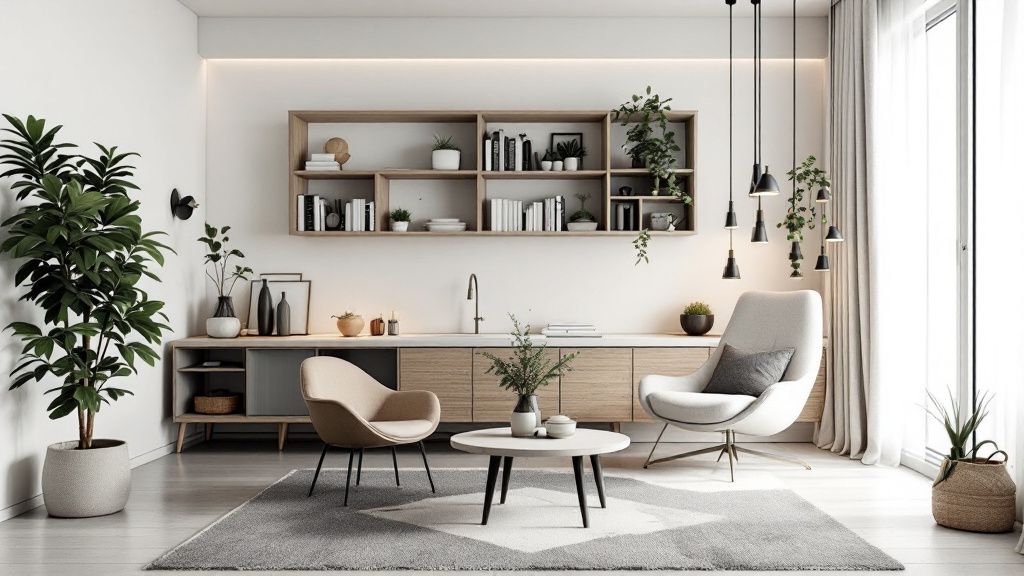
Maximizing Space Efficiency
Maximizing space efficiency in small house plans involves strategic planning and design. Thoughtful layouts incorporate multifunctional areas that adapt to your needs as they evolve. Open-plan designs allow you to move seamlessly through your daily routines, while cleverly placed walls or partitions provide the necessary privacy without sacrificing openness. Efficient use of every square foot becomes a designing philosophy, transforming potential shortcomings into strengths.
Custom storage solutions play a crucial role in space efficiency. Built-in cabinets, under-stair storage, and fold-away furniture like Murphy beds contribute to a clutter-free environment. These elements work in harmony, allowing you to maintain organization and accessibility. Smart storage can help you avoid feeling overwhelmed by a smaller living area, making functionality a key component in tiny house plans.
Did you know? A study reported that 86% of tiny house owners have significantly reduced their belongings. This statistic underscores the importance of maximizing space efficiency in modern small house plans. Living small encourages a more deliberate approach to possessions, leading to a tidier and more intentional living space.
Technology further enhances efficiency, with smart home devices providing convenience and control. Automated lighting, climate control systems, and voice-activated assistants streamline everyday tasks, ensuring that even the most compact homes offer the comfort and ease of advanced living. Incorporating such technologies into your design helps redefine what's possible within the modest footprint of a small home.
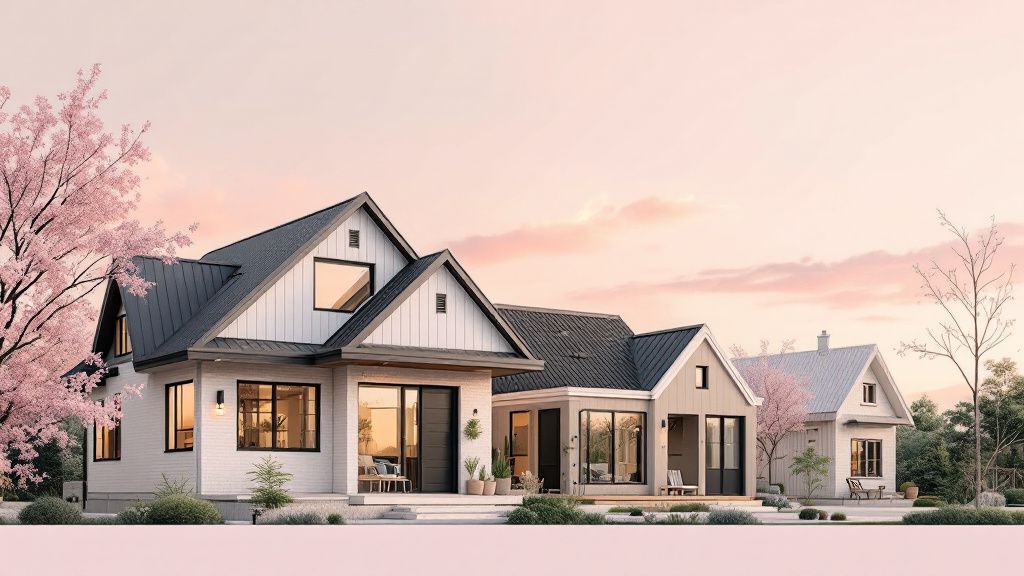
Types of Small House Structures
Small house structures come in diverse forms, each offering unique benefits tailored to different preferences and needs. Traditional tiny homes are compact dwellings built on foundations or trailers, providing flexibility and mobility. These homes are ideal for those seeking a minimalistic lifestyle with the freedom to travel or relocate when desired. Understanding the range of options available is essential in choosing a structure that aligns with your lifestyle.
Container homes repurpose shipping containers into innovative living spaces, showcasing creative adaptability. They are lauded for their durability and eco-friendliness, often requiring fewer materials compared to conventional homes. Clever design allows you to stack or combine containers, optimizing the space in your modern small house plans and providing plenty of options for customization.
One of the most frequently asked questions about small house structures is, "Which type offers the most sustainability?" Here's the answer: Container homes often top the list due to their recycled nature and reduced impact on natural resources. However, many opt for wooden tiny homes that emphasize renewable materials and energy-efficient design, rivaling other sustainable housing options.
Cabin homes redefine rustic appeal by balancing coziness with contemporary features. Emphasizing natural materials, these structures integrate seamlessly into their surroundings while offering a warm and inviting atmosphere. With the right small house plans, you can create a charming retreat that harmonizes comfort and sustainability.
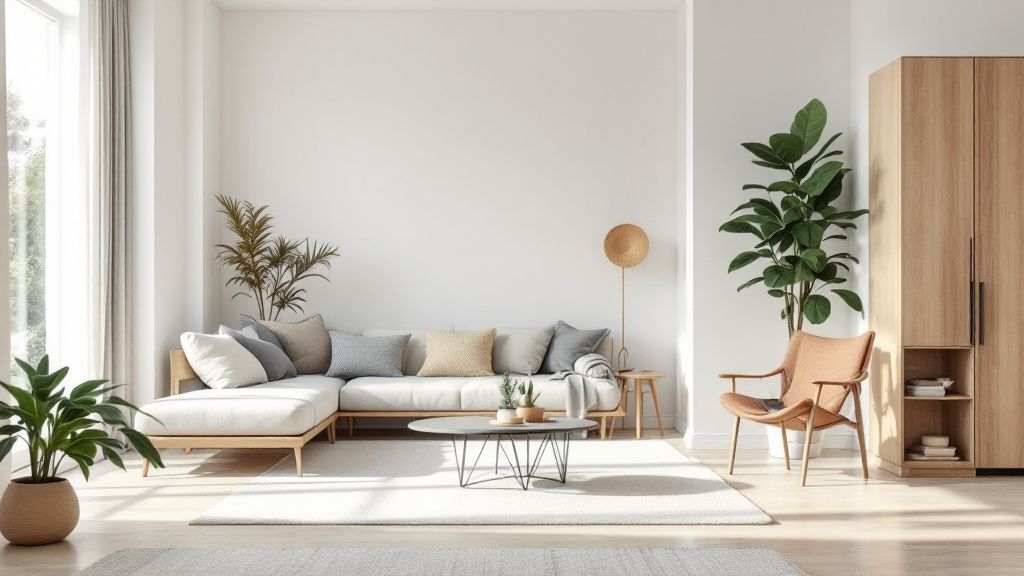
Minimalistic Design Principles
Minimalistic design principles form the backbone of efficient and elegant small house plans. By focusing on simplicity and functionality, these principles help create a serene living environment that maximizes utility. The key is to eliminate unnecessary clutter, allowing spaces to breathe while enhancing both aesthetics and comfort. Through intentional design choices, you can transform your home into a haven of calm and purpose.
Incorporating natural elements is another tenet of minimalistic design, allowing you to connect with nature and promote a sense of tranquility. Neutral color palettes, ample natural light, and organic materials contribute to an effortless blend of interior and exterior spaces. These features not only make small spaces seem larger but also ensure harmony within your modern small house plans.
To truly embrace minimalism, you need to shift your mindset from accumulation to mindful consumption. This transition encourages you to focus on quality over quantity, valuing meaningful possessions and experiences above material accumulation. By adopting this new perspective, you create a living space that reflects your priorities and supports a balanced lifestyle.
Practical solutions like modular furniture and built-in storage maximize efficiency without compromising style. These elements streamline your living areas, providing multifunctional options that adapt to your evolving needs. This approach to design ensures that your tiny house plans maintain their appeal over time, while offering both flexibility and comfort.
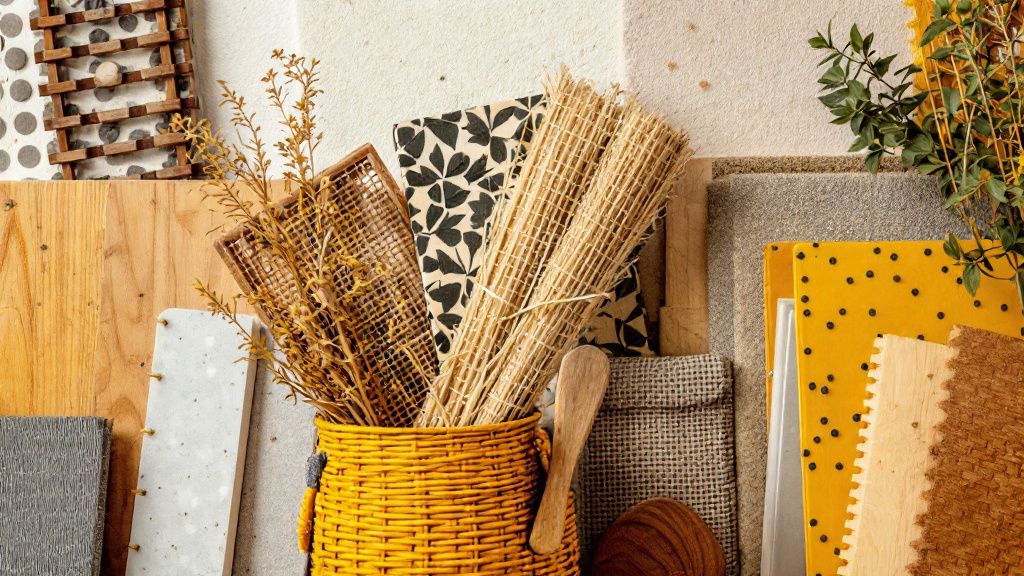
Cost-effective Building Materials
Building a small house economically involves selecting cost-effective materials that do not compromise quality. Reclaimed wood stands out as an affordable yet attractive choice, adding both character and sustainability to your home. Sources such as old barns or warehouses offer rich textures and stories, while providing a reduced environmental impact. This option aligns well with the principles of modern small house plans focused on sustainability.
Concrete is another versatile material, known for its durability and affordability. When used creatively, such as in polished concrete floors or countertops, it offers a sleek, modern look that complements minimalistic design. Its thermal mass properties also contribute to energy efficiency, ensuring comfort and reduced heating and cooling costs over time.
To make the most of your building budget, try sourcing locally available materials. This strategy reduces transportation costs and supports local economies. Consider options like bamboo, which is both renewable and strong, making it ideal for various structural applications in tiny house plans. Local materials often integrate better with the natural environment, enhancing overall aesthetics.
Utilizing prefabricated components is a smart way to save both time and money during construction. These elements are manufactured off-site and assembled on location, offering precision and efficiency. Prefab homes can simplify the building process significantly while still providing customizable design options tailored to your preferences.






Share: